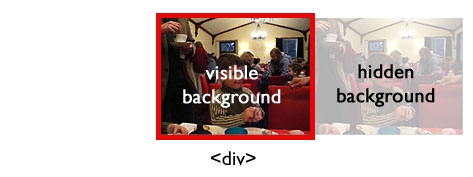(Note: This entry was originally published on the Skyscanner Geeks blog.)
Here’s something I didn’t see coming: Microsoft and Nokia have announced that they are adopting jQuery as part of their application development platforms.
What this means on the Microsoft side of things is that they will provide an intellisense-annotated version of jQuery for Visual Studio 2008 (available as a separate download in a few weeks), and will also distribute it as part of the forthcoming ASP.NET MVC release. Expect it to be even more tightly integrated with the newly announced Visual Studio 2010. (We’re talking about products with 2010 as part of their version name? Already?)
Further notes on the announcement and integration:
- John Resig on the jQuery blog: “jQuery, Microsoft, and Nokia“
- Scott Guthrie: “jQuery and Microsoft“
- Scott Hanselman: “jQuery to ship with ASP.NET MVC and Visual Studio“
We use YUI as the base library for our JavaScript code at Skyscanner, but jQuery is a sweet and slick package. Making it part of the ASP.NET MVC release is a splendid idea. The ASP.NET page model has always felt fat and bloated to me, and the Atlas extensions are a very clever but awkward hack to tap into this model. The combination of ASP.NET MVC + jQuery might actually allow you to write clean web pages with progressively enhanced Ajax functionality out of the box.
Might .NET actually become a cool platform for writing web apps?


